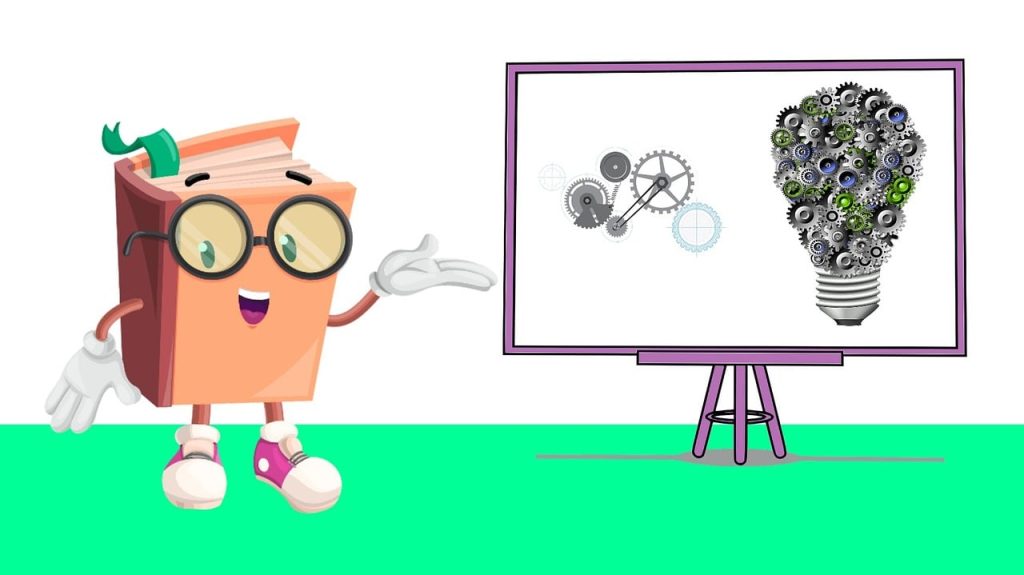Self-explanation is a powerful study technique that involves explaining material to yourself as if you were teaching it. Unlike passive learning methods, such as simply re-reading notes, self-explanation requires active engagement with the content. This method can be especially effective for high school and college students, particularly in subjects that demand deep comprehension, like math, science, and social studies. By forcing yourself to articulate the “why” and “how” behind concepts, self-explanation helps uncover gaps in understanding and strengthens long-term memory. Let’s explore what makes self-explanation effective, how to practice it, and the common mistakes to avoid.
- What is Self-Explanation?
Self-explanation is a study technique where learners make sense of new information by explaining it to themselves. This can be done by breaking down complex topics, explaining each part, and connecting it to what you already know. The purpose is to engage actively with the material, which fosters deeper understanding compared to passive methods like highlighting or summarizing.
For example, a math student studying the Pythagorean theorem might use self-explanation by first defining the theorem, then explaining why the relationship between the sides of a right triangle holds true. This process helps the student engage with the “why” and “how” behind the formula, making it easier to remember and apply in different contexts.
In contrast to surface-level learning, self-explanation requires you to work through concepts actively. By addressing the logical steps and reasoning, you build stronger mental connections, which aids in both comprehension and retention.

- Why Self-Explanation is Effective
Self-explanation works by engaging the brain in “elaborative encoding,” a process where we form connections between new material and existing knowledge. This type of encoding enhances understanding because it pushes us to connect new information to concepts we already understand, reinforcing memory and comprehension.
Cognitive science research backs up the effectiveness of self-explanation, showing that actively processing information is critical for meaningful learning. Studies have found that self-explanation enhances problem-solving skills, helps students identify gaps in their knowledge, and improves long-term retention. Unlike passive study methods, self-explanation encourages “deep learning,” meaning it enables you to understand concepts at a fundamental level and apply them to new situations. For students in fields requiring critical thinking, such as science or social studies, self-explanation provides a method for grasping complex ideas rather than simply memorizing facts.
- Step-by-Step Guide to Using Self-Explanation
Here’s how to practice self-explanation effectively:
Step 1: Choose a Topic or Concept to Explain
Start by selecting a specific concept or problem you need to understand better. This might be a physics formula, a historical event, or an anatomical process. For example, if you’re a biology student learning about cellular respiration, choose to explain each stage of the process.
Step 2: Break Down the Information into Parts
Divide the material into smaller, manageable parts. This might involve defining key terms, outlining steps in a process, or explaining underlying principles. For cellular respiration, you might first break down each stage (e.g., glycolysis, Krebs cycle, electron transport chain) and understand the purpose and outcome of each.
Step 3: Explain Each Part Out Loud or in Writing
Articulate your understanding of each part, focusing on the “why” and “how.” For example, ask yourself, “Why does the Krebs cycle need to happen before the electron transport chain?” or “How does glycolysis contribute to the overall process of cellular respiration?” Speaking out loud or writing down your explanations forces you to clarify and reinforce your understanding.
Step 4: Review and Adjust Based on Knowledge Gaps
If you struggle to explain a particular part, that’s a clue that you need more practice or additional information. Look up the answers, ask a teacher, or consult study resources to fill in the gaps. After strengthening your understanding, go through the process again. Revisiting these difficult parts helps solidify your knowledge.
- Common Mistakes with Self-Explanation
Using Surface-Level Explanations
A common pitfall is only scratching the surface of the concept. Self-explanation should go beyond simply defining terms; it’s about diving deeper into the “why” and “how.” For example, if explaining photosynthesis, focus not only on what it is but why it’s essential for plant life and how it contributes to the energy cycle.
Focusing Only on “What” Instead of “Why”
Another mistake is concentrating solely on what happens rather than why it happens. Self-explanation aims to uncover underlying reasons. For instance, instead of just saying, “The mitochondria produce ATP,” explore why ATP is essential for cellular functions and how mitochondria play a role in that process.

Using It Exclusively for Familiar Topics
Self-explanation is most effective when applied to unfamiliar or challenging topics. Using it only on concepts you already understand well may feel comfortable but won’t contribute as much to your learning. Instead, focus on areas where your knowledge is weaker, as that’s where self-explanation can make the biggest difference.
- Evidence Supporting Self-Explanation
Research in educational psychology consistently shows the effectiveness of self-explanation. A study published in Cognitive Science found that students who practiced self-explanation significantly improved their problem-solving abilities compared to those who used passive methods like re-reading or note-taking. Another study conducted on college students demonstrated that self-explanation improved conceptual understanding, especially in complex subjects like physics and chemistry.
These findings align with cognitive science theories, which emphasize that active learning techniques, such as self-explanation, create stronger, more durable memories. When students engage in self-explanation, they actively process information, enabling them to retrieve and apply it more effectively than if they had merely memorized it.
Self-explanation is a valuable tool for high school and college students seeking to improve their understanding of complex subjects. By explaining material to yourself in a way that addresses the “why” and “how,” you can identify gaps in your knowledge, reinforce what you’ve learned, and improve your ability to recall and apply information. Remember to practice self-explanation with challenging topics, break down the material into parts, and dig deeper into the reasons behind concepts. With regular use, self-explanation can become a powerful part of your study routine, helping you learn and retain material more effectively.

